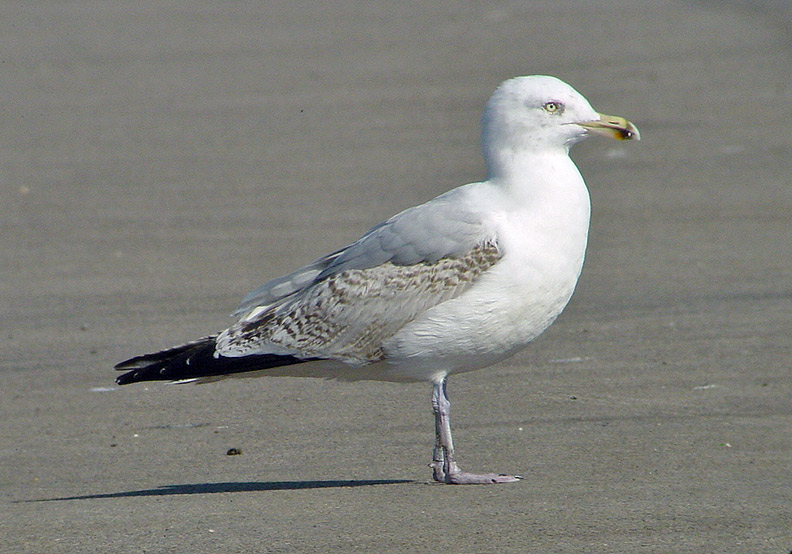 Herring Gull- Zilvermeeuw (argentatus & argenteus)
Herring Gull- Zilvermeeuw (argentatus & argenteus)
(last update:
Herring Gull plumages:
hg 1cy July
hg 1cy August
hg 1cy September
hg 1cy October
hg 1cy November
hg 1cy December
hg 2cy January
hg 2cy February
hg 2cy March
hg 2cy April
hg 2cy May
hg 2cy June
hg 2cy July
hg 2cy August
hg 2cy September
hg 2cy October
hg 2cy November
hg 2cy December
hg 3cy January
hg 3cy February
hg 3cy March
hg 3cy April
hg 3cy May
hg 3cy June
hg 3cy July
hg 3cy August
hg 3cy September
hg 3cy October
hg 3cy November
hg 3cy December
hg sub-ad January
hg sub-ad February
hg sub-ad March
hg sub-ad April
hg sub-ad May
hg sub-ad June
hg sub-ad July
hg sub-ad August
hg sub-ad September
hg sub-ad October
hg sub-ad November
hg sub-ad December
hg ad January
hg ad February
hg ad March
hg ad April
hg ad May
hg ad June
hg ad July
hg ad August
hg ad September
hg ad October
hg ad November
hg ad December
(2 images) Herring Gull DA 228127 3cy (argenteus), March 16 2003, Boulogne-sur-Mer, France (50.42N,1.34E).

A typical argenteus, ringed in France, metal DA 228127. As can be seen in many of the argenteus Herring Gulls with a French ring (most probably from the population breeding in the Calais region) the moult stage and bare parts coloration is advanced compared to Belgium and Dutch argenteus. See e.g. these birds:
- DA 212950, 2cy argenteus in April, June & July
- DA 216321, 2cy argenteus in May, June & July
- DA 216323, 2cy in April, May & June
- adult March
The
new scapulars
are plain adult-like pale grey contrasting with the barred lesser coverts,
creating a grey saddle in this individual. The bill is typical for 3cy birds,
but advanced in coloration compared to other argenteus in March:
already yellow at the base, a red gonydeal spot and a broad bill-band. Note
the rather pale yellow iris and the red orbital ring. The black-brown second generation primaries lacking the mirror on
P10, although there is a whitish patch at the place where the mirror will
appear in later years.
Compared to Scandinavian argentatus, the general impression
resembles argentatus in 4cy, which also show an almost complete
grey scapular region and single grey feathers in the tertials, inner
greater coverts and a few lesser coverts.
The moult-stage of 3cy argenteus is sometimes difficult to interpret by March. The scapulars are more
or less uniform grey. Many grey scapulars appear abraded at the
fringes already, especially in the upper scapulars.
This French individual has moulted the upper tertials (now barred) and
some wing-coverts in the
partial autumn moult as 2cy bird: tertials #1-3 have been replaced,
greater coverts #1-2, all but two visible inner and central median coverts
have been replaced. In the lower lesser coverts, the central and outer
feathers have been replaced and five lesser coverts were included in the
partial autumn moult. The
new feathers have fresh fringes and tips and are adult-like in their
patterns, most are completely grey.
